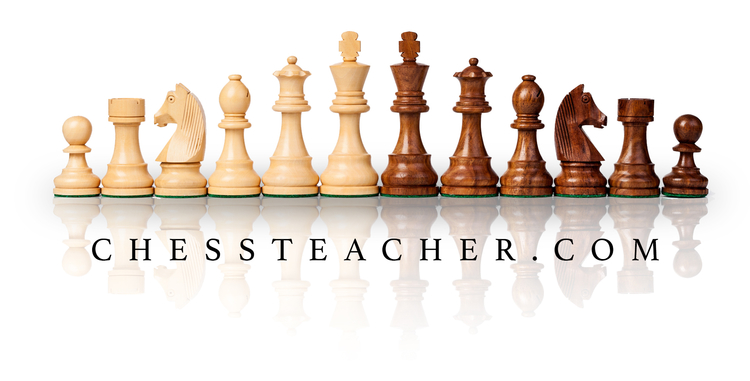Draw Inspiration From These 4 Great American Chess Players
Chess is a game that requires dedication and inspiration, and a great way to draw that inspiration is to learn more about the lives and games of the best chess players. Most people have heard of Bobby Fischer, whose controversial political beliefs drew somewhat of a black cloud over his success as a World Chess Champion. However, Fischer is far from the only great American chess player.
The following are four other American chess players whose lives and remarkable dedication to the game may serve to inspire your own.
1. Wilhelm Steinitz
Born in Austria in 1839, Wilhelm Steinitz later immigrated to the United States. He represented Austria in several international chess tournaments in the 1860s and 1870s, famously beating Adolf Anderssen — who was widely considered the world’s best chess player at the time — in a London match in 1866.
In 1882, Steinitz visited the United States, and soon after, he settled permanently in New York. In 1885, he founded International Chess Magazine. He remained the World Champion from 1886 – 1894, losing to the much younger Emmanual Lasker in 1894. To this date, the 32 year age difference between Lasker and Steinitz is the largest in the history of world champion chess.
Steinitz, at least in his later years, relied heavily on pawn structure, bishop advantage, and outposts for knights for his wins. This was somewhat adverse to the sharp, aggressive play that was so popular at the time. Stenitz is considered to have been a great chess theoretician, and he made notable contributions to modern strategies.
2. Frank James Marshall
Born in New York City in 1877, Frank James Marshall learned chess from his father at a young age. He won several international tournaments between 1904 and 1909 and held the title of U.S. Champion from 1909 – 1936. Marshall founded the Marshall Chess Club in 1915. The club, located in New York City, is still open today and is one of the world’s oldest chess clubs.
You’ve probably heard James Marshall’s name before without even realizing it. He was a very tactical player, so several tactics and opening variations are named after him. There’s the Marshall swindle, an endgame move, and the Marshall Attack, a unique opening variation that he used to beat Ruy Lopez in 8 moves.
3. Henry Nelson Pillsbury
Henry Nelson Pillsbury never became World Chess Champion; he never got the chance. Born in 1872 in Massachusetts, he died at the early age of 33, presumably of complications due to syphilis.
In 1892, Pillsbury played Wilhelm Steinitz and beat him two games to one. In 1895, he famously played in the Four Masters Tournament in St. Petersburg. He was winning after 9 rounds, but then fell ill with flu-like symptoms and ended up losing to Emmanuel Lasker. His health slowly deteriorated, and he passed away in 1906.
Above all else, Pillsbury is remembered for his incredible memory. He could remember a list of 30 words after only looking at it for one minute. Even if you can’t compete with this memory feat, working to develop your memory will improve your chess game.
4. Reuben Fine
Born in 1914, Fine is remembered for his contributions to chess and psychology. He saw early success playing blitz chess as a teenager and won the U.S. Open Chess Championship for the first time at 17 years old. In the late 1930s and 1940s, he began working on chess writing. His 1941 book Basic Chess Endings is still widely used today.
Unlike many chess players who dedicate their entire lives to the game, Fine concurrently worked as an academic in the field of psychology. His experiences go to show that you can balance a full-time career and a passion for chess.
These successful American chess players all have one thing in common: they were not afraid to work hard and keep learning as they played. If you feel similarly inspired to improve your chess skills, consider enrolling in chess lessons. Sign up now for customized, online lessons from the comfort of your own home.
